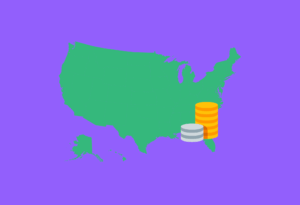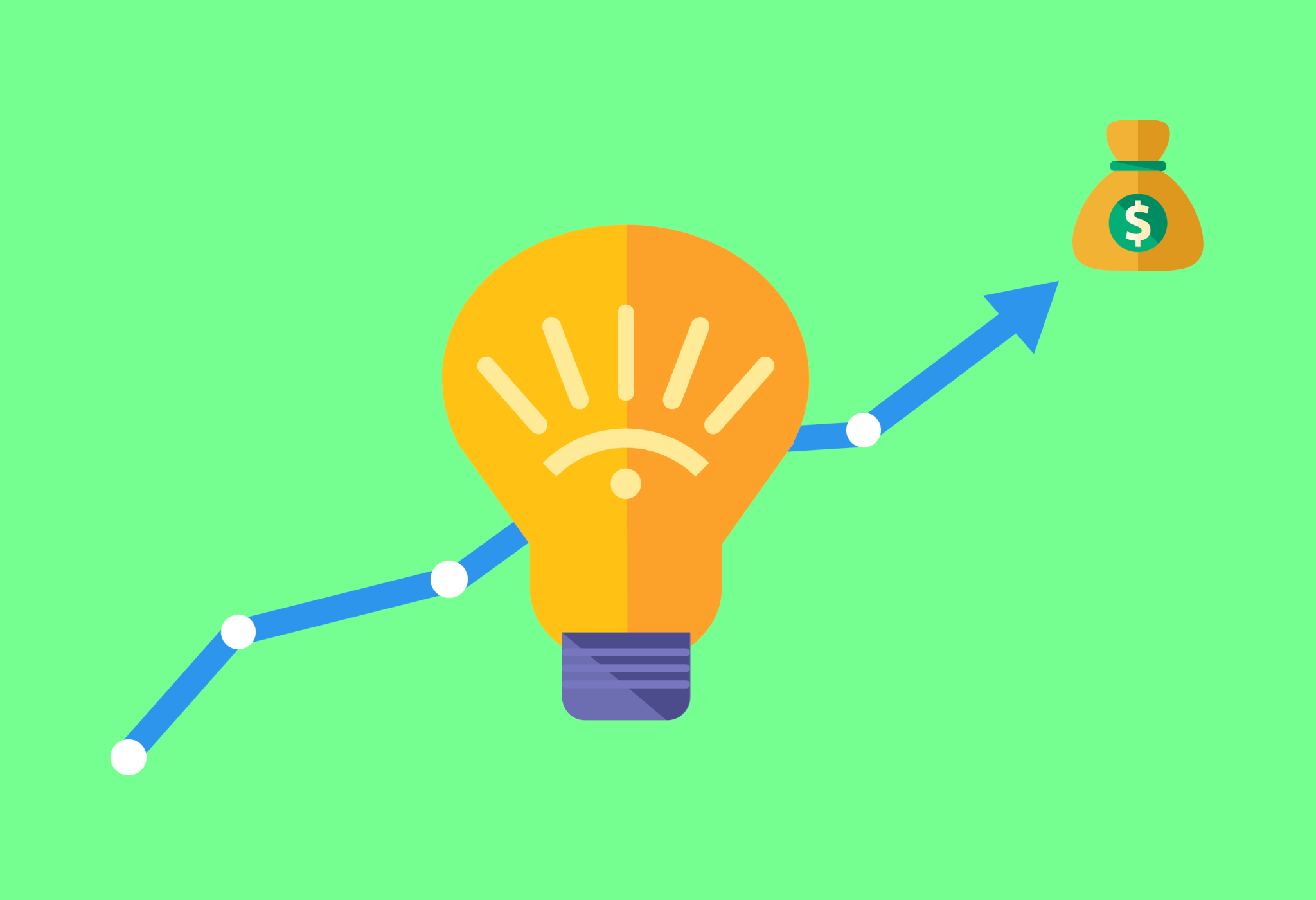
What is Scarcity Marketing?
Scarcity marketing is where you make a product scarce as a way to boost interest and encourage people to buy. It is creating an atmosphere of limited timing or availability of a product/service.
Scarcity marketing leverages the fear of missing out (FOMO) where something is deemed to be more valuable – and its purchase urgent – if it is rare or in short supply.
The thought that something will soon sell out will make people want to rush and grab the last remaining stocks. It is in part because you don’t know when an item will be back in stock even though you may not have an immediate need for the said product.
The scarcity principle can be used to sell any product, including concert tickets where it will be highlighted there on the promotional page that only a specific quantity is left.
If you are not reminded that only 5 tickets are left, you would probably not deem the purchase urgent enough to make. You could even miss that concert and still proceed with your life as normal.
Why is Scarcity Important in Sales?
Consumers will generally not make certain purchases unless they are urgent. What’s also true is most purchases aren’t so urgent you can’t wait another month before buying.
But what if you are told that if you wait another month, that product or offer may/will no longer be available?
All of a sudden the purchase is now urgent.
So in marketing, scarcity is used as a psychological tactic to convince prospects that a purchase is urgent. It is used to convince buyers that an important opportunity will be lost if they don’t make a buying decision soon.
Another reason why scarcity marketing works is that people want what other people don’t have. So if you know something isn’t going to be available to many people you tend to put more value on it.
You can also use scarcity marketing tactics to convince prospects that they need what you have when their attention is on something else. It’s a very effective strategy if you think about it.
To put it another way:
Most people will not act when they are presented with an option that is always available to them, but if you take away the availability of your products from time to time and offer a limited-time opportunity, then this can be very effective for increasing urgency and making prospects more likely to buy your product or service.
It’s all about scarcity.
So to answer the question, scarcity is important in sales because it helps salespeople convince prospects that they will miss out if they don’t act and make a purchase decision within a specific time. Otherwise, prospects will take their precious time and may never convert into paying customers.
With that said, let’s look at scarcity marketing in practice with examples and scenarios where each will work best:
8 Scarcity Marketing Tactics That Will Drive Sales and Help You Exceed Quota
Certain sales tactics are more powerful than others. Like any tool, they should always be used properly. Scarcity is perhaps one of the most powerful tools in the bag of business owners and sales reps, but you must proceed with caution when using it.
Yes, there are people who use scarcity to corral people and even manipulate them into spending money. Nearly every American big-box retailer use scarcity tactics in one shape or another during the holiday season, most notably the day after Thanksgiving.
If you’ve been to one, you may know what I mean. If you haven’t, take a look at this gif:

The examples we’re going over today do not (in any way) resemble this, but they should be used honestly and tactfully.
Today’s post has several scarcity marketing tactics and examples that show how you can invoke urgency in a sale and encourage people to buy.
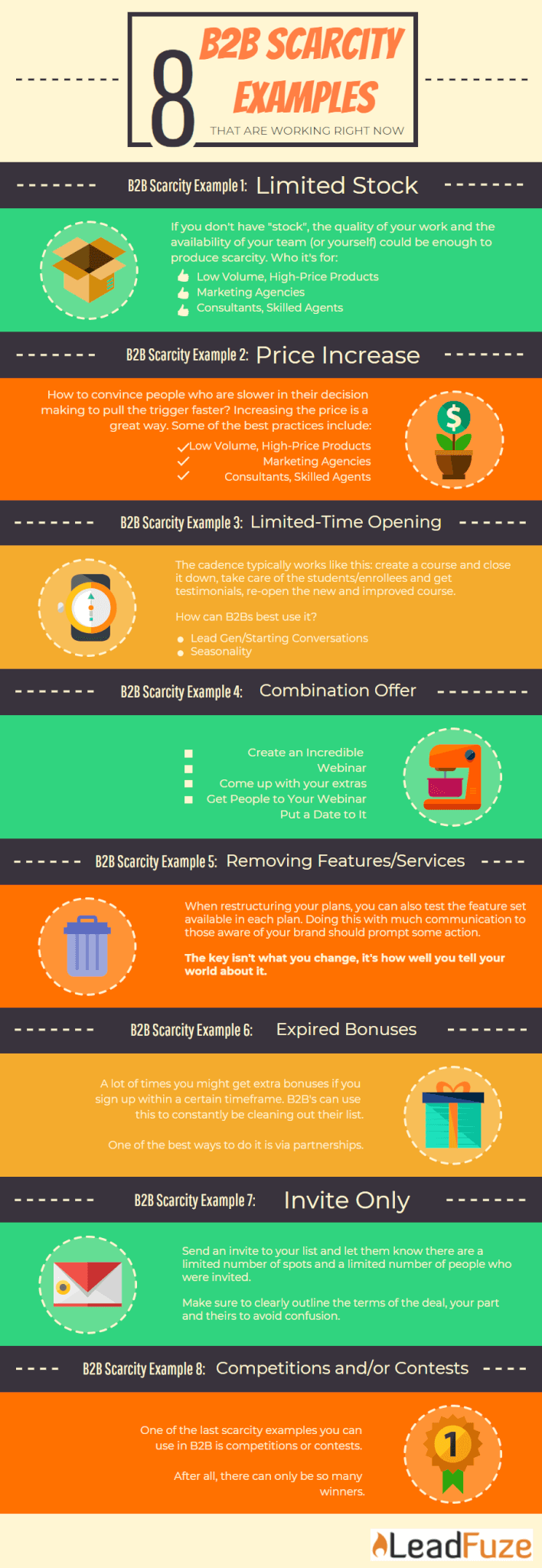
1 Limited stock
Most of our readers on this blog either don’t have a limited number of items or don’t have physical products at all. You’re either a consultant, an agency, or another service-based business. But this tactic works for B2Bs and service businesses, too!
If you don’t have “stock”, the quality of your work and the availability of your team (or yourself) could be grounds enough to produce scarcity.
Our friends at Explainify do just that. They’re a custom explainer video producer that works with some of the biggest companies in the world.
They also have a close-knit, busy crew of talented folks. This creates a natural scarcity.
Explainify’s own explainer video gives us one of the best scarcity marketing examples. You can watch the video on their homepage, but here’s the line that makes it happen at about 40 seconds in;
“Oh, by the way. We only take a few clients at a time.” — Explainify
It doesn’t always take complex timers and email sequences to produce scarcity. Sometimes it just takes a good product.
Who is this scarcity marketing tactic for?
- Low-volume, high-price products:
If you happen to have a custom or limited product that is slow to produce — there is no reason you shouldn’t be using scarcity in your copy and sales presentations.
- Marketing agencies:
If you’re aggressively using outbound marketing, this scarcity tactic may not be a good idea. It’s kinda like saying, “Hey, you wanna go out Friday?” Then, the other person responds with a “Yea!” And then, you say, “Well, let me check my calendar.”
But, your inbound leads – leads that you get via another type of promotion (like a webinar) would be perfect for this form of scarcity sales tactic.
- Consultants, skilled agents:
Let’s say you’re great at PPC. You have people contacting you all the time via referrals, but few are pulling the trigger. Scarcity could be your example. Tell them (in a polite, yet direct way) that you are very quickly booked up and the quote and availability you have given will only be good until [insert reasonable date here]. Then, follow up closer to that date.
Here’s a scarcity marketing example that works all the time:
2 Price increase
This is one of the easier scarcity marketing tactics to implement. Anybody can increase their prices. As Ramit Sethi has said;
“Price is a mere triviality.”
However, it may not be the best idea to send cold emails to people about how you’re about to increase the price of your goods and services. This scarcity example applies to other scenarios, not this one.
Our other scarcity marketing examples help convince people who are slower in their decision-making. Increasing the price can help them make the decision quicker. The price increase tactic is best used for long-time fence-sitters. Those people hanging around your social profiles and laying around your email list.
You know them. The ones who’ve consumed all your content, kicked every tire, and maybe even spoken with you directly — but have yet to say yes OR no.
In order to move these prospects and suspects, it’s time to put the scare back into scarcity.
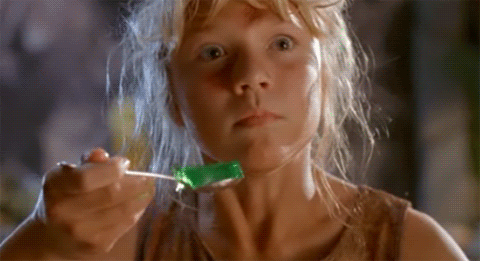
Price increase best practices
- Don’t increase current customers
This is for companies like SaaS and other subscription-type services (e.g. SEO monthly services). But if you can provide multiple contracts to the same client over the course of many years, it may be ok to bump up the cost with current rates.
Increasing the fees of current buyers will likely cost you business in the short term. Netflix announced another price hike in 2022 for active subscribers — even though it caused poor growth the previous year (when they did the same).
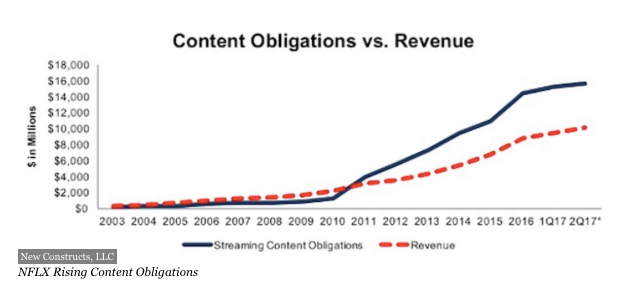
(Source: Forbes)
- Set a date
It’s all talk until it has a date. None of this, “We don’t know how long we’ll be able to keep X at these prices”. Put a price tag and a date on your increase. It’s the most effective way to put a clear call-to-action in front of your slow-moving pipeline.
- Let everyone know
Once you’ve set the date, you’ll have to tell everyone who’s aware of your brand. First, current customers. Tell them that their prices will stay the same. Tell them to tell their friends and colleagues that aren’t clients the same message.
After that, you’ll want to alert your email list, social media accounts, and even previous clients who didn’t stick around.
Scarcity can be a great way to win back customers who have gone by the wayside
-
Limited-time opening
This scarcity sales tactic is most commonly used by content and course creators. People we’ve all heard of like Pat Flynn, John Lee Dumas, and others, have used it with great success. B2B marketers have a lot to learn from the tactic, even if you have your products open full-time.
The cadence typically works like this:
- Create a course, make it open for registration for a limited time, and close it down.
- Take care of the students/enrollees, improve the content as more people move through it, and get testimonials for the next time the course is open.
- Re-open the new and improved course (usually with a higher price than last time).
The good side and the bad side of this method go hand in hand. The scarcity it creates is top-notch. People are motivated to move. But the reason they move is a potential downside. Once it’s closed, it’s closed.
Take a look at Pat Flynn’s Power-Up Podcasting Course. It was closed at the time of the screenshot, but here’s a link to see if it’s open (we’re NOT an Affiliate).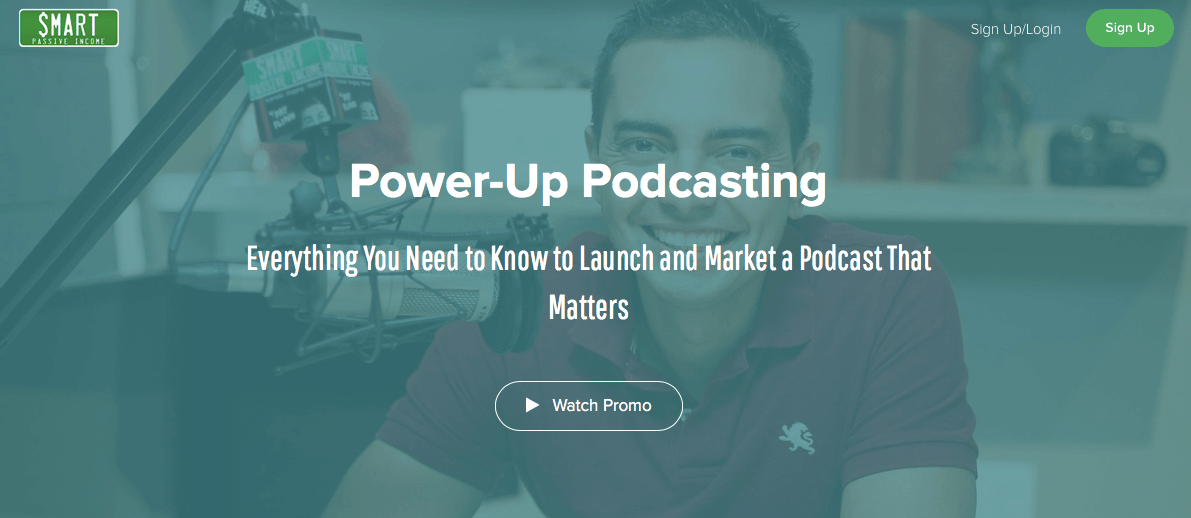

How can B2Bs best use it? It may require you to think outside the box, but here are a couple of ideas:
Lead gen/starting conversations
One thing we always recommend to our clients is to use a Calendly link in their cold emails. Basically, it allows leads to schedule a time to talk on their terms. But it also creates a little mini-scarcity.
If you limit your time well enough, it should seem like there are only a few slots available — creating the impression of value and scarcity.
I know this is one of the scarcity marketing tactics we are using currently.
Our CEO, Justin McGill, actually gets on calls with new customers to get them onboarded and to kickstart their campaigns. However, there are only so many time slots per week where he can do this.
Seasonality
If your business helps other industries that have certain things happen at set times, you could have some good scarcity. For instance, the end of the month is busy for mortgage and loan companies.
Open enrollment is crazy for anyone attached to HR. Holidays are huge for retail and hospitality. Use this to say things like, “Get X done before [insert scary/busy time] is here” or “[Scary time] is almost upon us again.”
To best use seasonality:
- Pre-plan well and time it right. Not too soon to where leads aren’t thinking about it, but enough time for them to react and decide.
- Communicate it well. Use it in your cold email sequence to warm up leads. It will tell them you understand their industry. Use a subject line like: Question about [scare time], {First name}.
- Understand why it’s a busy/scary time. Don’t just know about it. Know why it’s crazy and what to do about it. It’ll help you build rapport with your responses.
Here’s the next scarcity marketing example to consider:
4. Combination offer
Nowadays, it seems, the more segmented and complex the sales process is — the more deals are closed. At least when it’s done right.
Many of us don’t want to limit our stock. Our prices are good to go at the moment so that one is a “meh” too. And, like us, don’t want to shut down the product/service just to get people to buy only to have to significantly revamp the product and re-release later.
If that’s you, it’s ok. Our last one is one that we actually use (at the time of this writing) and it’s a combo-style offer involving a webinar with bonuses.
We’ve made a lot of positive changes to the product, but none of which used scarcity. In order to do that we created a few offers exclusively for clients who came in via a webinar. But only if they bought within a certain amount of time (i.e. scarcity).
Here’s how to do it:
- Create an incredible webinar:
It’s gotta be valuable enough to pay for in and of itself to get the right people to show up.
- Come up with your extras:
You can use a kick-off consultation call, extra services, or joint venture with other products/services — the sky is the limit. Just make them good. The better your bonus offers, the more is on the line. Thus, increasing the power of your scarcity.
- Get people to your webinar:
Use FB ads, partnerships, even cold email to do this. Fill up the seats, give them tons of value and pitch them with all the bonuses — exclusively for attendees.
- Put a date to it:
A week from the webinar seems to be best, but experiment to find the right fit for your offers. You’ll have a significant percentage (again, if done right) sign up right away. Then, email them a few times. You should notice another chunk come in at the last minute.
Here’s another scarcity marketing tactic you should use only when the product is a good fit:
5. Removing features/services
This was another of the scarcity marketing examples we ran recently with great success.
It’s akin to raising your price. When restructuring your subscription plans, you can also test the feature set available in each plan. For instance, if you’re a SaaS business and have always included a certain feature in your lowest plan — it may be time to bump it up to premium.
Doing this with much communication to those aware of your brand should prompt some action.
It could also work if you’re an agency that bundles services together, because it makes business sense. Let’s say that you lump in 3 months of SEO services with every new web design and it’s not very cost-effective. Switch it to one month.
Here’s the thing;
The key isn’t what you change, it’s how well you tell your world about it.
6. Expired bonuses
A lot of times you might get extra bonuses if you sign up within a certain timeframe. It could be ebooks, guides, videos, etc. From time to time, we’ve used this scarcity marketing tactic by adding an allotment of extra leads per month to plans if they ordered by a certain deadline.
This tip is great to use in conjunction with others. It could be during a promotion with a partner, celebrating a new integration or launch, you name it. It can be like launching your product a couple of times a year.
Retailers use this tactic often. Go to a mall, and every once in a while you’ll see a “Semi-Annual” sale. It’s usually not just a sale, but bonus offers and such that are only good for a limited time.
B2B’s can use this same tactic to constantly be cleaning out their list.

Bonus tip:
One of the best ways to use the expired bonus scarcity sales tactic is via partnerships. Other companies in similar industries want more business and will likely offer a discount on their services for those who buy yours. It’s a win-win-win for the right leads.
7. By invitation only
A scarcity marketing example where this tactic was used is what MeetEdgar when they launched. The Edgar team sought out influential marketers who were already working very hard on their social profiles. This allowed for promotional time, beta testing, and some great buzz.
For a large chunk of time, you could only get into Edgar if they chose you — creating some intense loyalty amongst those first fewer users.
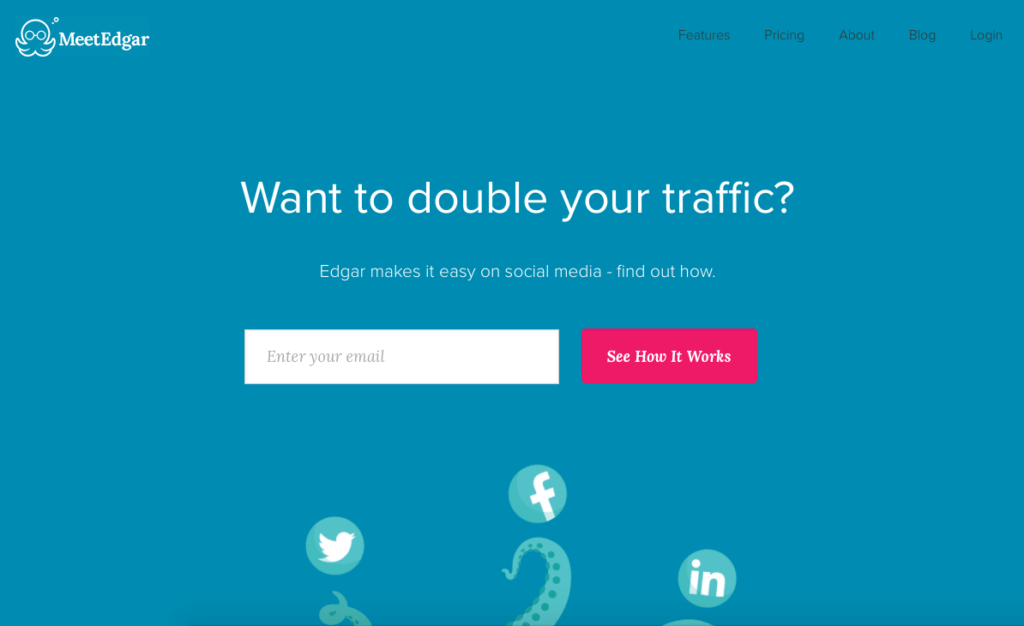
But it doesn’t just have to be at launch, you can use this same scarcity tactic for:
- New beta releases
- New services
- Limited offers
Send an invite to your list and let them know there are a limited number of spots and a limited number of people who were invited. Make sure to clearly outline the terms of the deal, your part, and theirs to avoid confusion.
8. Competitions and/or contests
One of the last scarcity examples you can use in B2B sales is competitions or contests. After all, there can only be so many winners.
There are tons of great resources online showing how to run a great contest. I’ll link to a few updated favorites.
- The RaffleCopter Blog. It’s a wealth of information mostly having to do with online contests.
- How to Run a Contest: Step by Step (Updated 2017) courtesy of Wishpond
- How to Use Contests and Giveaways to Get User-Generated Content courtesy of Kissmetrics
How to Use Scarcity Tactics in Sales the Right Way
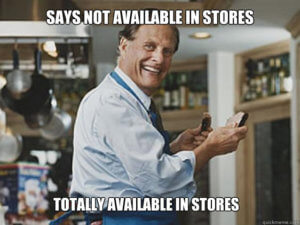
Every day, “As Seen on TV” products, retailers, and others are using scarcity marketing tactics poorly.
While you want to create urgency and urge people to buy, you don’t want to put too much pressure on them to the point they feel the product is being forced on them. The buyer still needs to feel like they are making the decision independently.
Another caution is not to make everything ‘limited edition’, ‘seasonal’, or ‘low in stock’. At some point, buyers will make the conclusion that you can’t plan your inventory properly or that you manage your business poorly. Use scarcity tactics moderately.
Lastly, not all scarcity marketing tactics will work for your business. Test to see what fits your business and customers. If it doesn’t, don’t use that tactic.
When used responsibly, scarcity can be a fantastic tool to help:
- Accelerate the buying cycle
- Motivate lazy leads
- Clear out suspects
- Increase conversions
5 Mistakes to Avoid When Using Scarcity Marketing Tactics
We all know that the world of marketing is filled with tactics and strategies that give you an advantage over your competition, but sometimes these can backfire on you if not utilized correctly.
Here are some mistakes marketers make when using scarcity to boost demand and drive sales:
Mistake #1: Inattention to detail
Scarcity marketing tactics can be very effective, but if you are not careful about how your scarcity message is communicated, it could backfire on you.
Your prospect may take away the meaning that there isn’t anything left or there’s limited time remaining and act impulsively because of this urgency. This leads them down a path to a purchase that may not have been in their best interest.
Mistake #2: Losing your focus
One of the biggest mistakes companies make is using scarcity tactics when they are trying to sell something other than time-sensitive products like an event, subscription service, or one-time offer. When you focus too much on the time element, your customer becomes obsessed with when the offer ends or expires.
Mistake #3: Running out of stock before your offer expires
No matter how much you prepare, your scarcity messages will always be ineffective if you don’t plan them ahead of time. You need to know in advance when and where a special offer may expire so that others can take advantage of it before your stock runs out.
Mistake #4: Using scarcity tactics in a monopolistic market
If you are the only seller of a product, then certain scarcity tactics will not work because there is no chasing away competition. There is no fear-of-missing-out mentality that could be used to persuade prospects into making an immediate purchase.
Mistake #5: Not using value-based scarcity in your ads
Value-based scarcity is more powerful than a time or quantity-based message because it offers an added incentive to buy now rather than wait. The prospect needs to know they will get even more value for their money if they purchase right away!
When are scarcity marketing tactics most effective?
Scarcity examples are considered most effective when they are:
- Time and quantity-based rather than value-based,
- Specific to a product or service – so the prospect doesn’t think you’re using a generic scarcity message for all of what you sell,
- Appropriate for your industry, such as diminishing inventory in retail stores vs high demand that can’t be fulfilled in manufacturing,
- Useful to your prospects’ business, such as a salesperson who is going on vacation and wants the prospect to buy now, so they can continue meeting their quota for QA metrics this quarter.
- Personalized based on what you know about the customer’s needs. If they’re looking for an item that is in demand but out of stock, let them know that you have one available, and they can come at a time that’s convenient for them to pick it up.
- Timed appropriately – if the scarcity message was sent six months ago when all inventory was readily available, this will not be effective!
Where to Get Leads for Your Scarcity Marketing Strategy
Scarcity marketing tactics work when you already have people you can target with your offers. Do you already have those leads in your pipeline?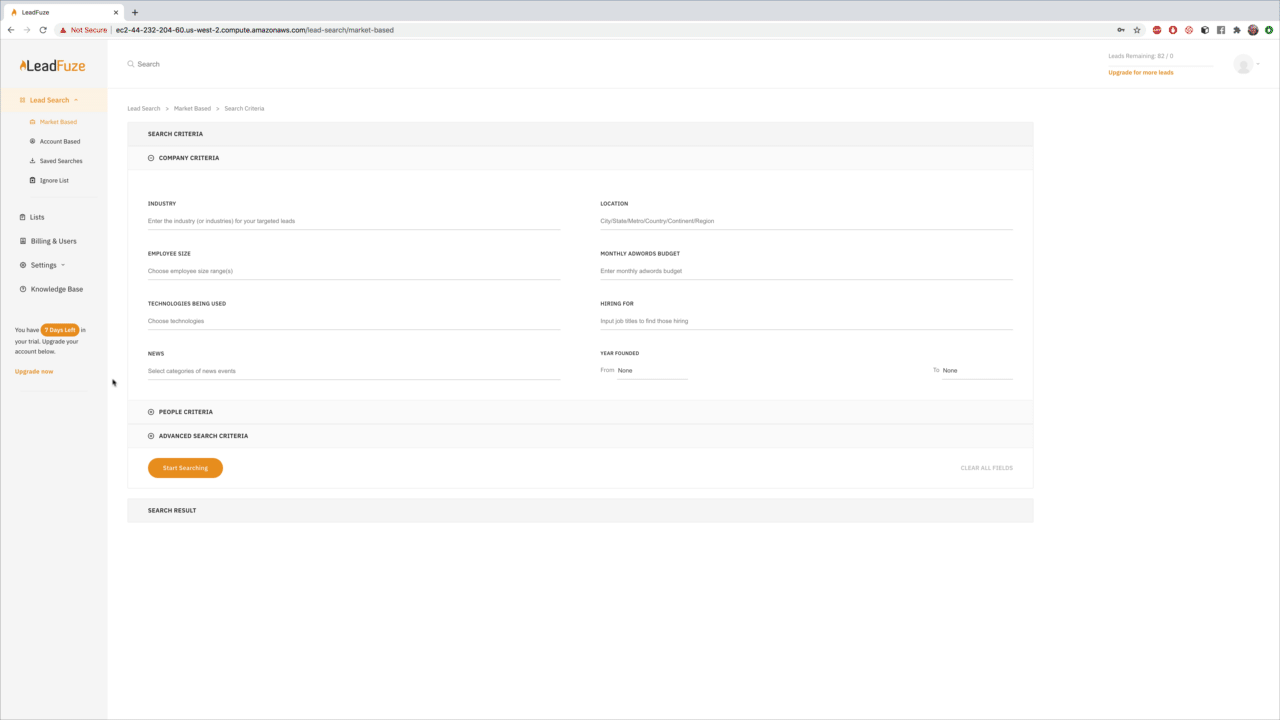 LeadFuze is the best place to find high-quality leads for your business. We have a team of experts that will help you with everything from finding the perfect lead, to setting up your campaign and tracking results. The team is available to onboard new users and show you, step-by-step, how to use our suite of lead generation tools to get the best out of your investment.
LeadFuze is the best place to find high-quality leads for your business. We have a team of experts that will help you with everything from finding the perfect lead, to setting up your campaign and tracking results. The team is available to onboard new users and show you, step-by-step, how to use our suite of lead generation tools to get the best out of your investment.
Sign up for a free trial of LeadFuze!
Give Your Customers a Reason to ‘Buy Now’ With Scarcity Marketing.
With your high-quality leads in place, you can start to analyze which of the scarcity marketing tactics we have shared today is best for your business. As you implement those tactics, take note of the possible pitfalls and common mistakes that people make with scarcity marketing that we have mentioned. You don’t want to alienate and drive your customers away in the name of trying to lift your sales. When used the right way, scarcity marketing tactics can push hesitant prospects off the proverbial fence into a purchase.
What scarcity marketing tactic have you used before and what were the results?

